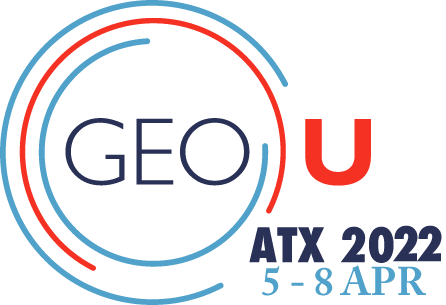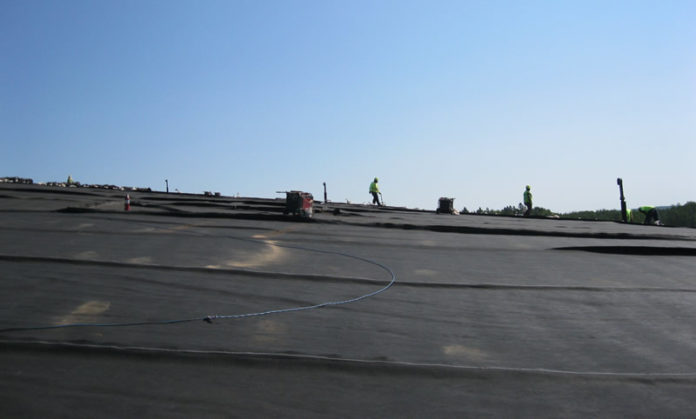In 2019, Dr. George Koerner, P.E. and his Geosynthetic Institute colleagues published a white paper on the advantages of geosynthetics in construction from an embodied carbon perspective. They returned to it in early 2020 with a new white paper on the topic. Geosynthetics, as you might expect, came out dramatically ahead from cost and embodied carbon analyses in both instances.
One of the primary examples in the 2019 white paper focused on landfill design and the use of exposed geomembranes in a capping plan versus traditional soil-heavy covers. The geosynthetic angle cost just 30% of the traditional design; and, in terms of the project’s embodied carbon analysis (or, relative sustainability), the geosynthetic angle returned a carbon footprint of 131,200 Kg CO2/ha vs. the traditional cap’s 652,400 Kg CO2/ha.
Engineers can learn much more about this topic directly from Dr. Koerner at GeoU 2022, 5 – 8 April 2022 in Austin, Texas. There, he’ll co-lead a two-day course on Landfill Design Considerations in the Age of Sustainable Development. An opening reception will be held on the evening of April 5, the class will take place April 6 – 7, and an optional certification exam (included with registration) will be offered on the morning of April 8.
MORE GEO: The American Revolution, a Failed Slope, and Geogrids

MORE SUSTAINABLE LANDFILLS WITH GEOSYNTHETICS
Dr. Koerner will be joined by Abigail Gilson, M.S., P.E., one of the most experienced liner integrity survey professionals in the world. Their landfill design course will advise both design engineers and regulators as to the engineering design challenges related to capacity optimization at today’s landfills.
“It is harder than ever to site new green field disposal facilities,” they write. “As a result, many existing landfill operators seek engineering solutions to help maximize the disposal capacity of their existing landfills.”
The course outline:
- Introduction and overview
- Liner system
- Filtration and drainage
- Instability
- Liner
- Waste
- Cover
- Lateral and vertical expansions
- Landfill performance
- Concerns and functional longevity
In light of the new emphasis on carbon footprint, the landfill design course revisits the sustainable landfill concept. While the concept is not new, it can be viewed in terms of today’s focus on sustainability and how it relates to reduction of emissions and reducing environmental impact. This course takes a look at how landfills can achieve the goals of being environmentally friendly and cost-effective at the same time. Certainly, geosynthetics can improve landfill performance.
Geosynthetics are the key to achieving more sustainable landfills.
Learn more and register online. The early bird registration rate is available into September.
WHAT IS GEOU 2022?
GeoU 2022 will be held 5 – 8 April 2022 in Austin, Texas. The event co-locates five high-level, geosynthetics short courses and multiple engineering networking events. Certification exams for each of the two-day short courses will be offered on the morning of April 8.
- Landfill Design Considerations in the Age of Sustainable Development
- QA/QC of Geosynthetic and Compacted Clay Lining Systems
- Geosynthetic Reinforced Soil Structure Design and Construction: Slopes, Walls and Roads
- Geosynthetics in Stormwater Controls and Hydraulic Engineering
- Marketing in the Geosynthetics Industry
Learn more about sustainable landfills, MSE walls, stormwater controls, and much more at the GeoU 2022 website.












